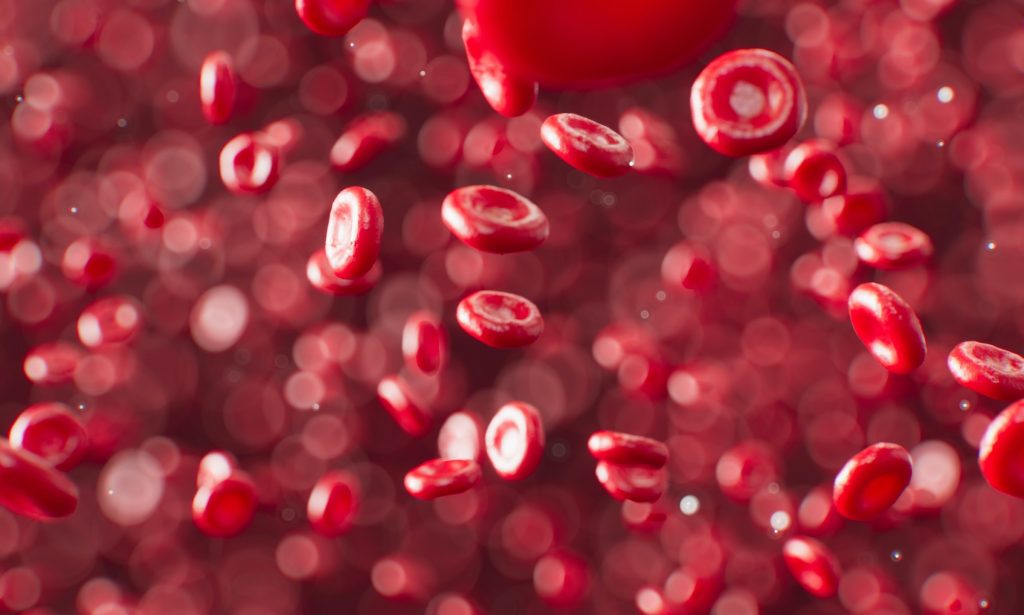Do I have anaemia?
Anaemia, a very common blood condition, impacting approximately 1.62 billion people globally, according to the World Health Organization – that’s one in four people on the planet.
This prevalence varies across different regions and demographic groups, with pregnant women and children being the most affected. The high prevalence of anaemia underscores the importance of early detection and treatment to prevent serious health complications.
To learn more about anaemia, its symptoms, and how to get tested for it, kept reading.

Types of anaemia
There are several different types of anaemia, each with its own distinct causes and symptoms. These include:
Iron-deficiency anaemia
This is the most common type of anaemia, caused by an iron deficiency in the body. Iron is essential for the production of haemoglobin, and without it, the body cannot make enough red blood cells.
Vitamin-deficiency anaemia
This is caused by a lack of essential vitamins, including vitamin B12 and folic acid. These vitamins are necessary for the production of red blood cells, and their deficiency can lead to anaemia.
Haemolytic anaemia
This type of anaemia occurs when the body destroys red blood cells faster than it produces them.
Aplastic anaemia
This is a rare but severe type of anaemia caused by a reduction in the production of red blood cells in the bone marrow.
Symptoms of anaemia
The symptoms of anaemia can vary depending on the type and severity of the condition. The most common symptoms include:
- Fatigue
- Weakness
- Shortness of breath
- Pale skin
- Dizziness
- Headaches
- Chest pain
- Cold hands and feet
- Irregular or rapid heartbeat
Causes of anaemia
The causes of anaemia can be complex and varied. They include:
- Poor nutrition, particularly a lack of iron, vitamin B12, and folic acid
- Chronic diseases such as kidney disease, cancer, and HIV/AIDS
- Pregnancy, which can lead to a temporary form of anaemia
- Inherited conditions such as sickle cell anaemia and thalassemia
- Blood loss due to injury, surgery, or menstruation
Risk factors
Several factors increase a person’s risk of developing anaemia. These include:
- Poor diet
- Chronic diseases
- Environmental factors such as pollution and exposure to lead
- Hereditary conditions
- Pregnancy
- Age (anaemia is more common in older adults)
Complications
Untreated anaemia can lead to several complications, including:
Heart problems
Anaemia puts extra strain on the heart, and, if left untreated, can lead to an enlarged heart, irregular heartbeat, or heart failure.
Pregnancy complications
Severe anaemia during pregnancy can lead to premature birth, low birth weight, and a higher risk of maternal mortality.
Delayed growth and development
Anaemia can affect the growth and development of children, leading to delayed physical and mental development.
Conclusion
Anaemia is a common condition that can affect people of all ages and backgrounds. By understanding the types, symptoms, causes, risk factors, and complications of this condition, you can take steps to prevent or manage it.
If you are concerned about your health, we encourage you to use the Anaemia Home Test Kit from Better2Know, which uses a simple blood test to identify levels of anaemia in your system. Early detection and treatment can help you avoid the potentially serious consequences of anaemia and ensure you stay healthy and active.
Categories
- Awards
- Bacterial Vaginosis
- Blood Tests
- Cardiovascular Health
- Cervical Cancer
- Chlamydia
- Condoms
- Covid-19
- Gardnerella
- Genital Warts
- Gonorrhoea
- Health and Wellness
- Hepatitis A
- Hepatitis B
- Hepatitis C
- Herpes
- HIV
- HIV (AIDS)
- Home Testing
- HPV
- Instant Testing
- MSM
- Mycoplasma
- News
- Non-Specific Urethritis
- PAP Smear
- Pre-Pregnancy
- Sexual Health
- STD Symptoms
- STD Tests and Screens
- STI Transmission
- Stigma
- STIs
- Swab Tests
- Syphilis
- Trichomonas
- Ureaplasma
- WSW
- Zika
